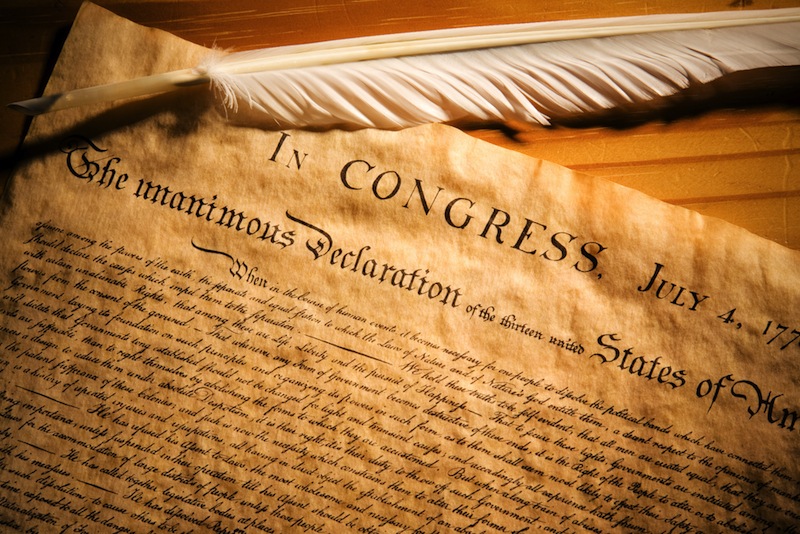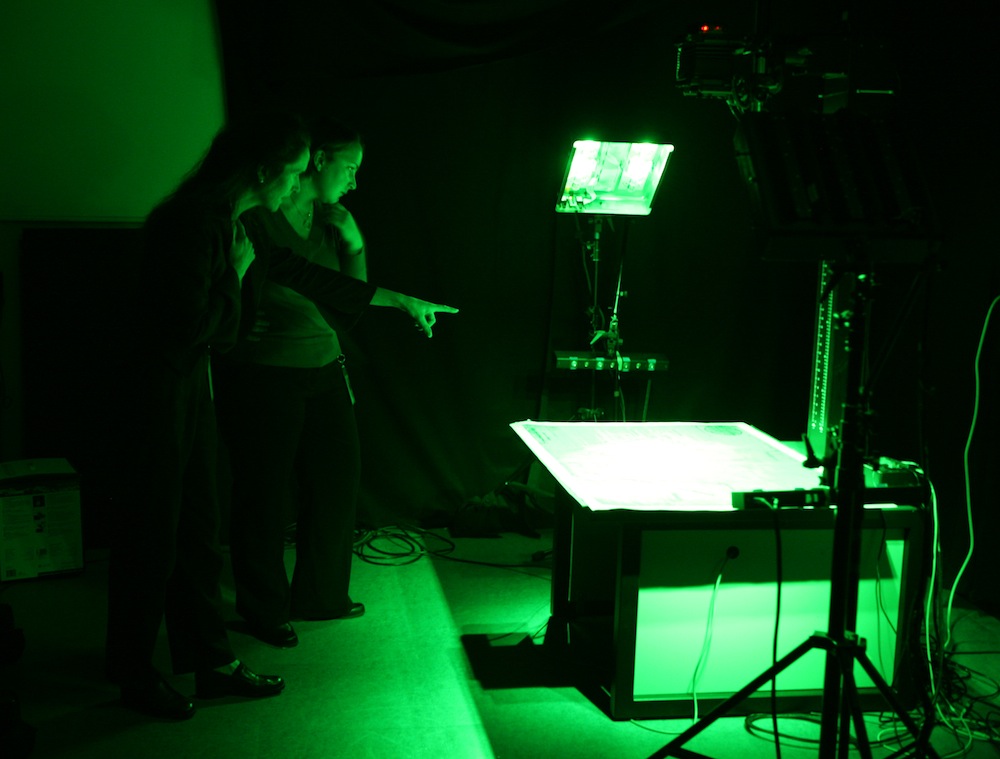
Incredible Technology: How to Preserve Historical Documents

Editor's Note: In this weekly series, LiveScience explores how technology drives scientific exploration and discovery.
WASHINGTON — From the U.S. Declaration of Independence to the famed Waldseemuller world map, documents paint an important picture of history.
But documents are made from fallible materials that often fade, rip or degrade over time. Thanks to new technologies, researchers can preserve these age-old relics for posterity, as well as uncover secrets regarding their makers and origins. Here at the Library of Congress' preservation labs, scientists are studying how to prevent the degradation of the Library's most treasured holdings.
The field of preservation research is very small, but is of great importance for preserving the human record, said Fenella France, chief of the preservation research and testing division of the Library of Congress. [History's 10 Most Overlooked Mysteries]
"Technology is critical, since new advances allow us to better understand collection materials, identify issues, and prevent further changes or degradation from occurring," France told LiveScience.
Imaging the unseen
France's team spends a lot of time developing noninvasive techniques for analyzing the Library's artifacts. They use a method called hyperspectral imaging to discover fine details of ancient texts and maps.
Sign up for the Live Science daily newsletter now
Get the world’s most fascinating discoveries delivered straight to your inbox.
The human eye can only see light in the visible spectrum, from red to violet. But hyperspectral imaging divides light into bands that extend outside this part of the electromagnetic spectrum into the ultraviolet and infrared.

The images contain a wealth of information about the artifact's origin and degradation mechanisms. Trace elements in the ink pigments hint at when and where the artifact was made. Sometimes the images reveal something new, such as a watermark or hidden text.
For example, in the U.S. Declaration of Independence, Thomas Jefferson wrote the phrase "my fellow citizens," but the word "citizens" was written over another, illegible word. Hyperspectral imaging revealed Jefferson's original phrase was "my fellow subjects."
Preserving and protecting
Protecting artifacts against degradation is one of the Library's primary jobs. Most paper documents are digitized, but the Library works hard to preserve the originals.
"One of the most nerve-racking things about this field is knowing you are working with the 'only copy' of this item, and that there is no room for error," France said.
Oxygen-rich environments accelerate degradation, so preservation experts sometimes store artifacts in encasements where the oxygen has been removed. Controlling moisture is also critical.
The Waldseemuller map of the world, made in 1507 by German cartographer Martin Waldseemuller, is the first map in existence known to use the word "America" for the western continent. Valued at an estimated $10 million, the Waldseemuller is the Library's most valuable purchase. [In Images: Ancient Maps and Sea Monsters]
Before the 4-by-8-foot map (1.2 by 2.4 meters) went on permanent display in 2007 in the "Exploring the Early Americas" collection, preservation staff scanned all 12 sheets of the map with hyperspectral imaging. But the real achievement was making the encasement that would safely house the historical treasure.
Library staff designed the encasement with help from the National Institute of Standards and Technology (NIST). The base was machined from a solid piece of aluminum measuring about 116 inches by 73 inches by 4 inches (295 by 185 by 10 centimeters). A thick sheet of nonreflective glass covers this base, attached by an anodized aluminum frame sealed with 92 bolts. (Anodized aluminum contains a thick oxide layer that increases corrosion resistance.)
The enclosure is hermetically sealed and filled with the inert gas argon instead of oxygen, because oxygen reacts with the materials in paper and ink to degrade them. The argon maintains the atmospheric pressure that the air would normally exert on the map.
Sensors monitor the environment inside the encasement, alerting Library staff if conditions veer into dangerous degradation territory, France said. If the pressure inside exceeds a safe level for the map, France gets a text message, and has to come in and vent the excess pressure.
Similar encasements house the Declaration of Independence, the Constitution and the Bill of Rights. The Waldseemuller encasement is by far the largest.
The main purpose of preserving documents is so people can study them. "Libraries face the challenge of making collections accessible and available, while also juggling preservation," France said.
Follow Tanya Lewis on Twitter and Google+. Follow us @livescience, Facebook & Google+. Original article on LiveScience.











